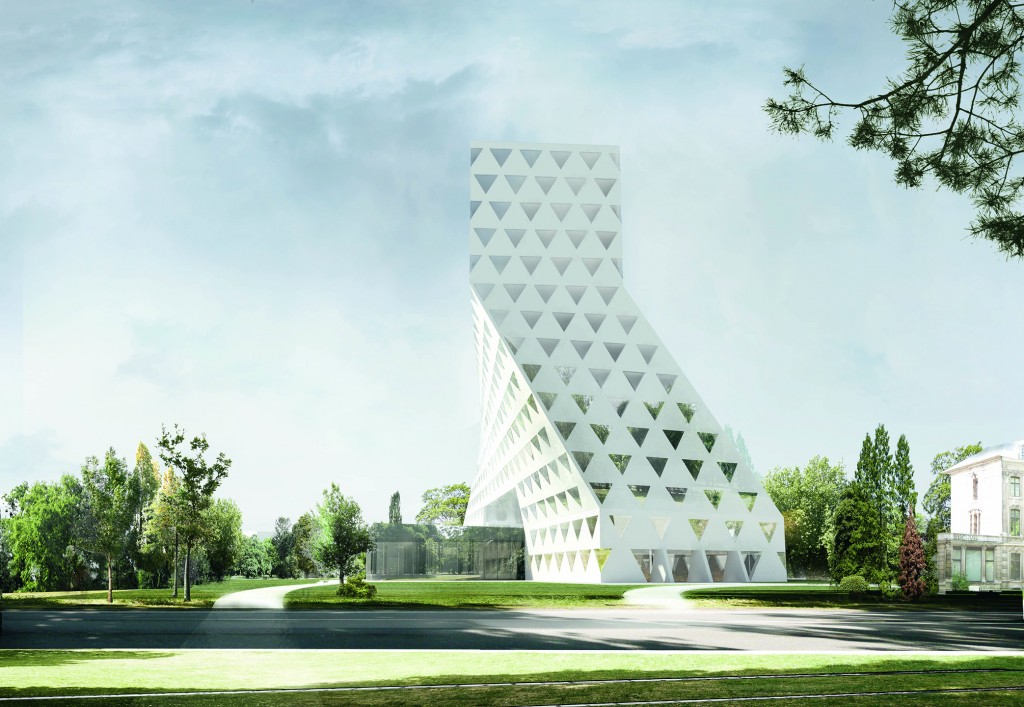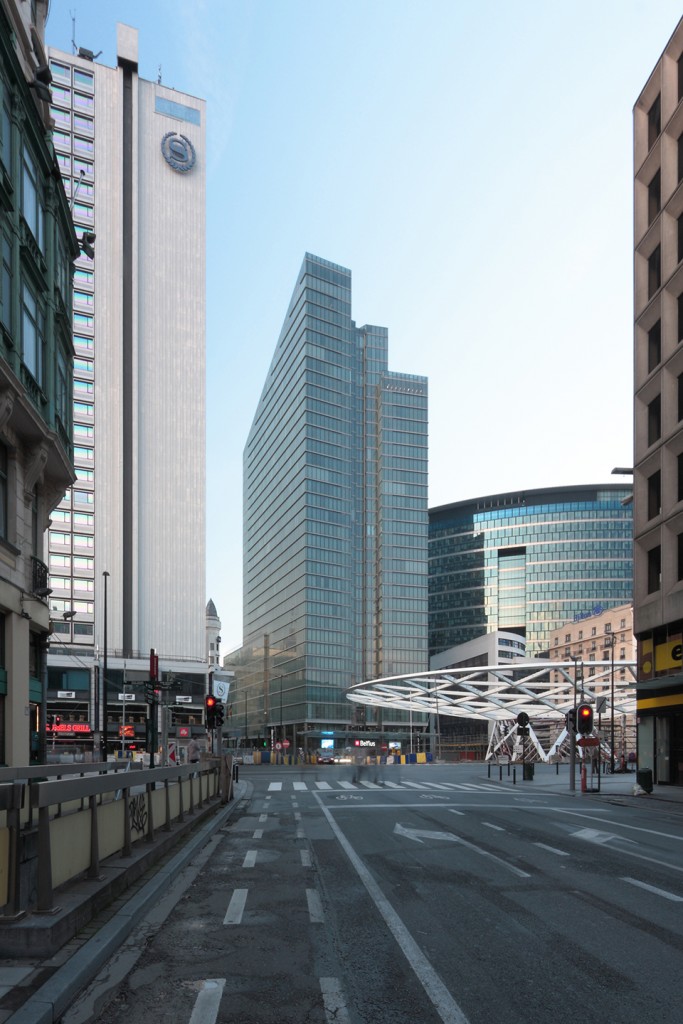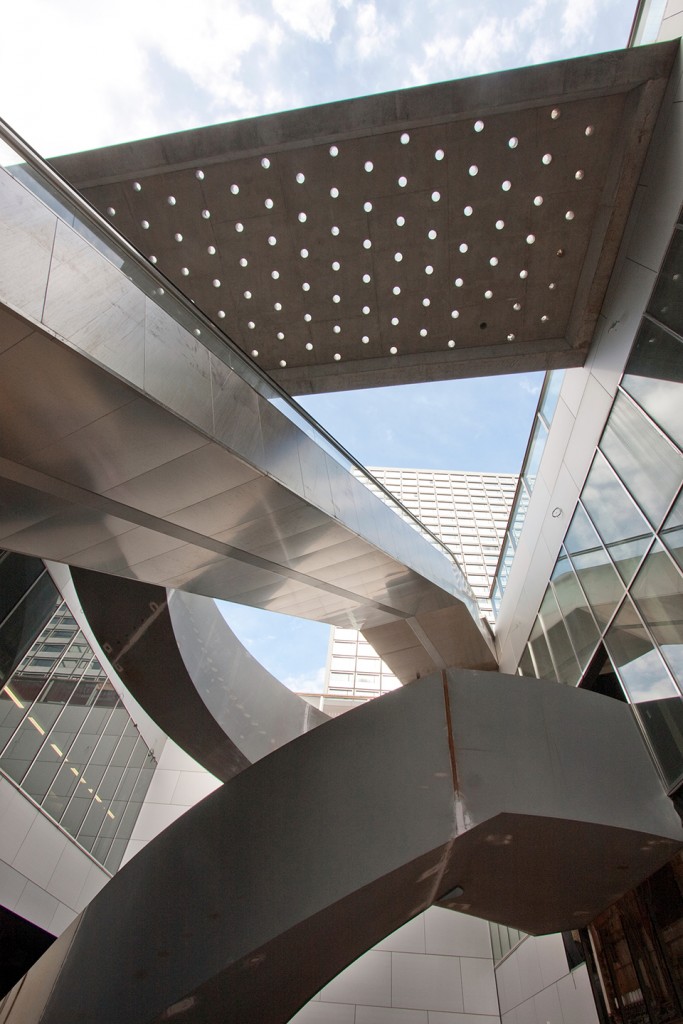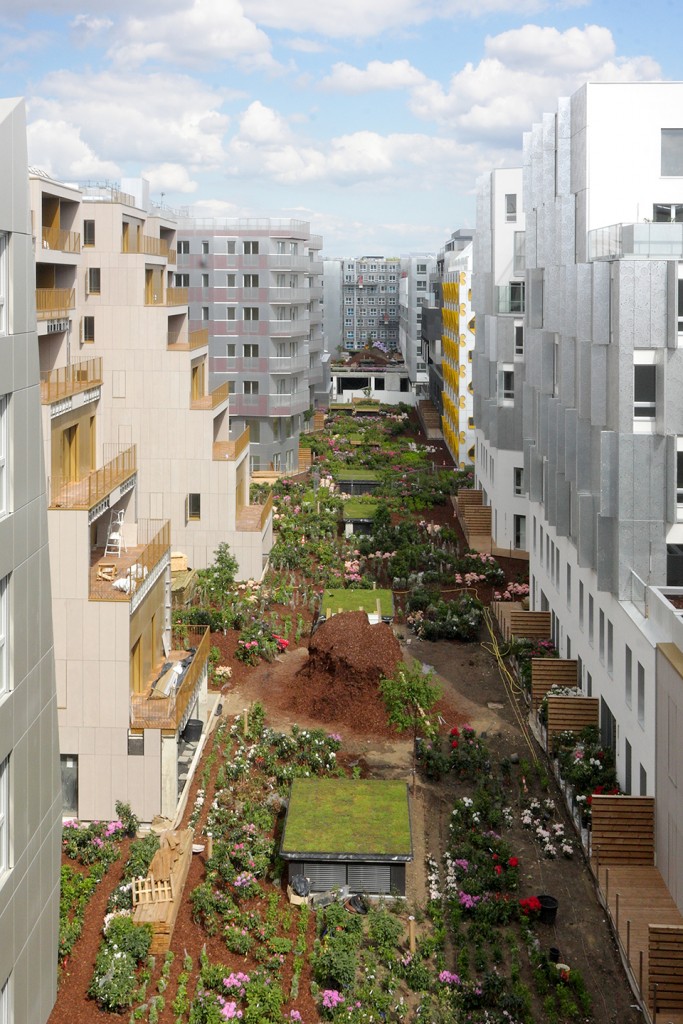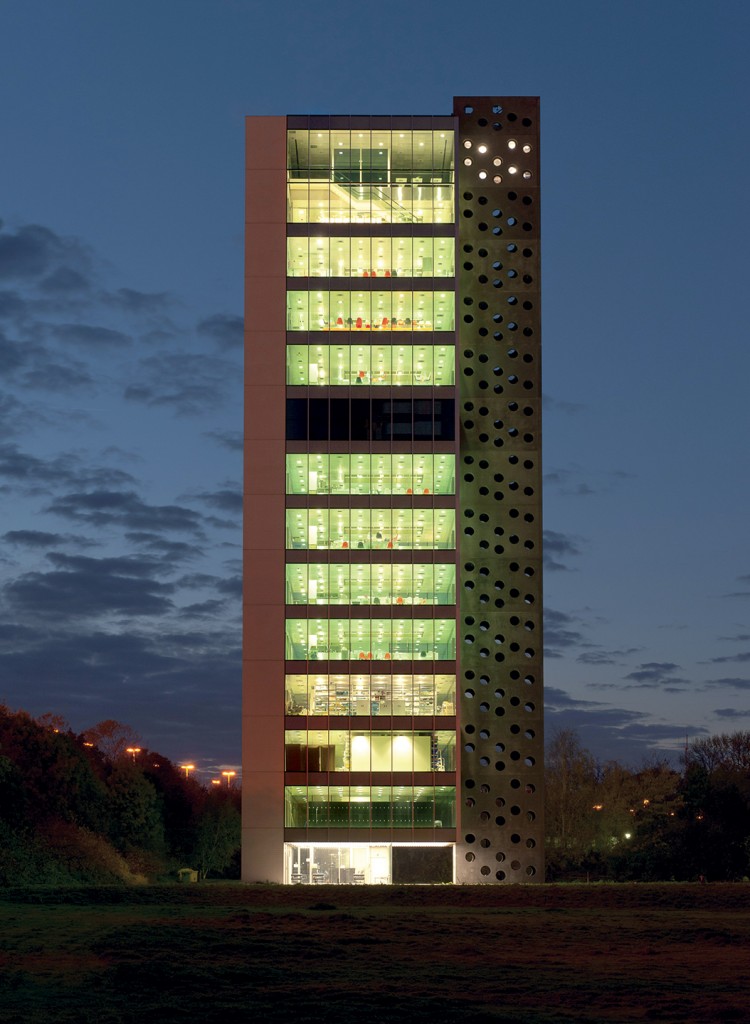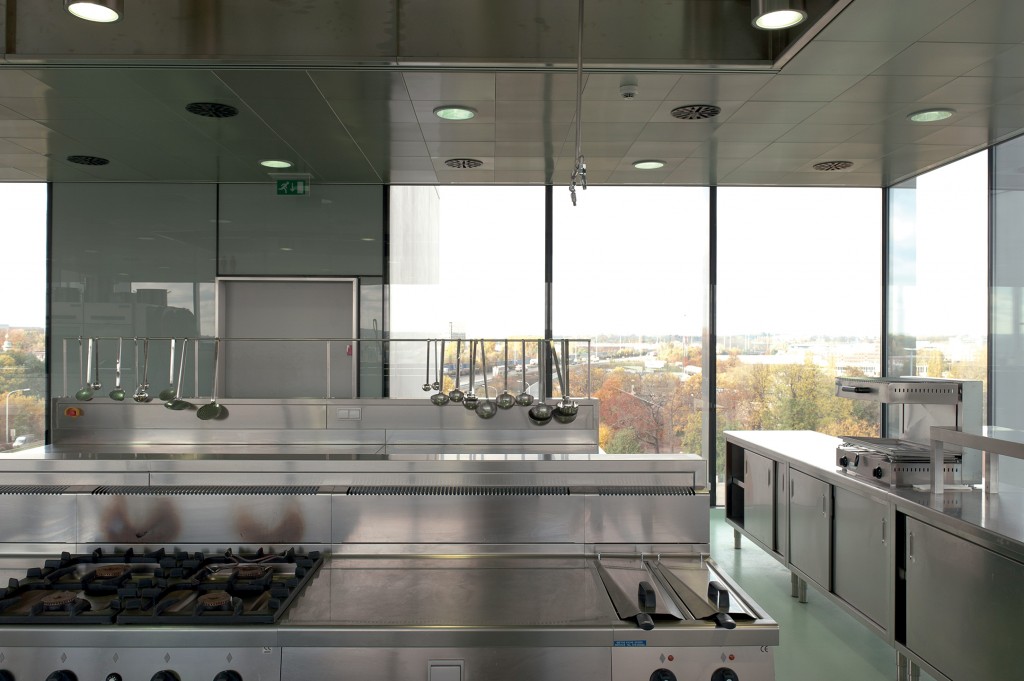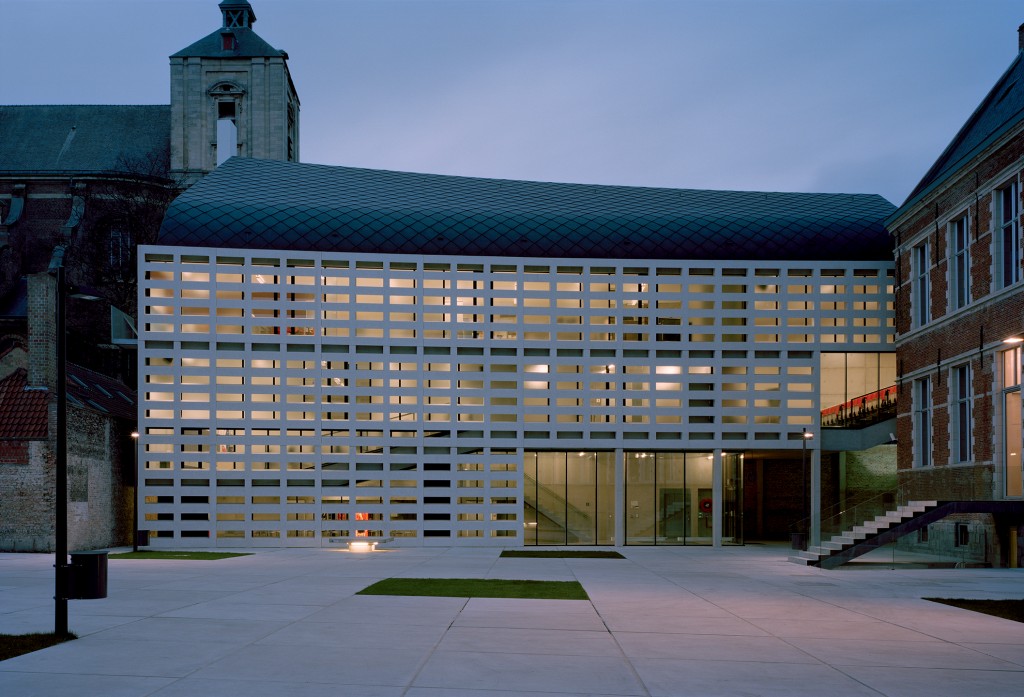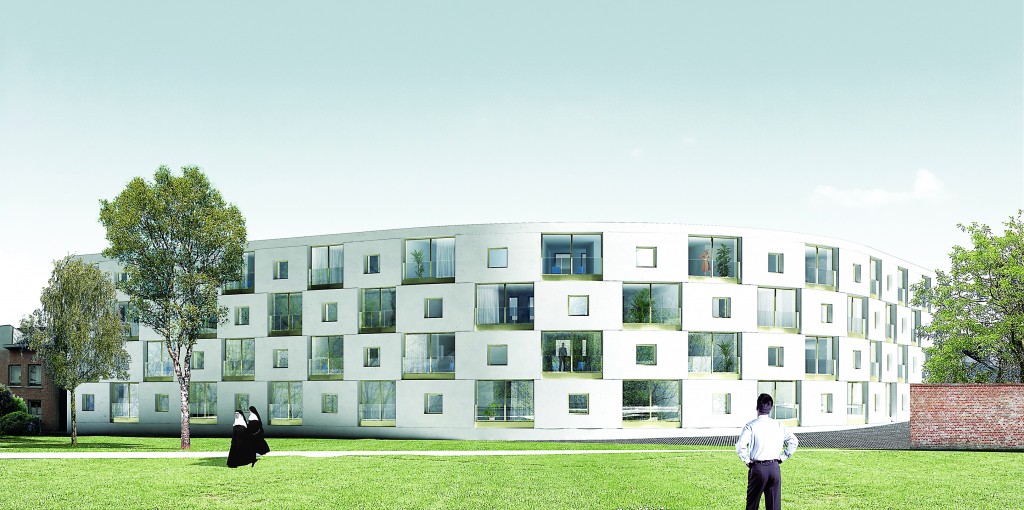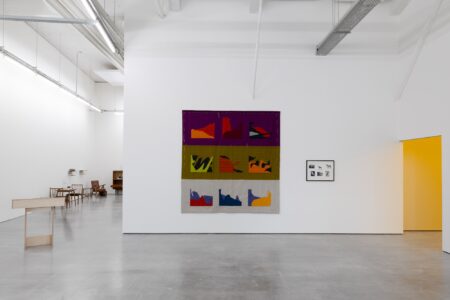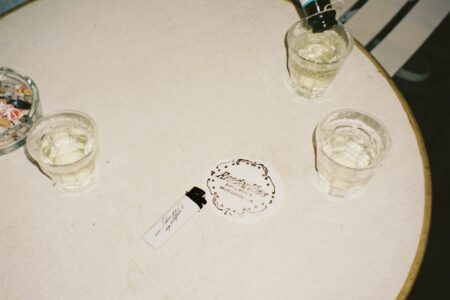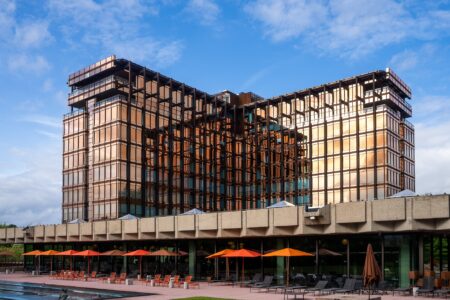Xaveer De Geyter: Rise of Brussels Architecture
Brussels-based architect Xaveer De Geyter is the second invited speaker for Lunch with an Architect conference. In an interview, he speaks of the architectural potential of Brussels.
Architect Xaveer De Geyter began his career at Rem Koolhaas’ OMA Office for Metropolitan Architecture in Rotterdam in the Netherlands. In the 1980’s, architecture in his native Belgium was more or less in its infancy. After a decade in Rotterdam, De Geyter returned to Belgium and Brussels in early 1990s.
Since then, the architecture scene in Brussels has moved forward tremendously. While the recent economic crisis lead to a wave of bankruptcies of architecture offices in the neighbouring countries, more young architecture offices were established in Belgium than ever. Also, there is a political intention in the city to focus on architecture in the next years.
Xaveer De Geyter has been invited to talk about architecture in Brussels and about his own practice to Lunch with an Architect conference, which take place in Brussels on 3 February 2016. Organized three times a year, Lunch with an Architect is a conference for developers and real estate professionals. For each conference, an architect is invited to speak about his or her vision of Brussels. The event provides a chance to discuss with the architect or network within the participants of the conference. The concept reflects on the recent Brussels politics that makes architecture a priority in the city in the next years.
The first Lunch with an Architect was organized in September 2015 with architect Kengo Kuma as the invited speaker. In February, the guest architect will be Xaveer De Geyter, and the third one, later in 2016, architect Winy Maas from Dutch architecture office MVRDV.
“We intend to invite architects that people haven’t had a chance to meet yet,” tells Kathleen Iweins of Forum Communication, the organizer of Lunch with an Architect. “We also want to invite Belgian architects that are really good, too. We chose Xaveer De Geyter, because he is a Belgian architect with a lot of international work.”
After ten years at OMA in Rotterdam, De Geyter established his own office Xaveer De Geyter Architects XDGA in early 1990s. Today, the office is located in Brussels with a team of around 50 international employees. Recently, XDGA has worked on projects such as Place Rogier, renovation of a metro station in Brussels, masterplan and design for housing and offices complex Warehouse Macdonald in Paris and a new headquarters for the provincial administration of Antwerp in Belgium.
TLmagazine spoke to Xaveer De Geyter on his practice and views on architecture in Brussels in advance to his Lunch with an Architect lecture.
TLmagazine: How would you say that the political willingness to focus on architecture in Brussels would affect architecture in the city?
Xaveer De Geyter: In general, there is rarely a connotation between Brussels and good contemporary architecture. Nevertheless, we are convinced that the city – its fabric, social conditions, topography, demography and life that is going on – is very good feeding ground for urbanism and architecture.
Even though there are now more and more architecture offices, Brussels is still not an easy place to realize projects. The main reason may be the complexity of the whole structure, which slows down a lot of projects. But I still think that the general context and the input that comes from the city is a very good feeding ground to do architecture.
I have used Paris in comparison for a few times – everybody loves Paris and the city works well in terms of density, urbanity and so on. However, nothing can change because everything, at least in the centre, is protected. It’s impossible to bring in new elements. In the end, that leads to a fossil, whereas Brussels is a combination of a lot of different elements, an amalgam that has often been partly destroyed. It has a lot of old, historical elements, but also a lot of 19th century interventions and 20th century infrastructure that was once again destroyed. It’s a living ensemble, and it adapts every time to the new conditions in life. That is an interesting environment for both an architect and an inhabitant, I think.
If it were up to you to improve architecture or urban planning in Brussels, what would you do?
XDG: I think that what is really missing, is a kind of coherent structure in which one can work. For instance, we’ve seen for a very long time that developers were not really helped by the government to develop projects. On one hand, that leads uncontrolled things, and on the other hand, too often to bad quality. But also, developers with good intentions were not supported by the government. What is really needed is a coherent, not a political, but administrative structure that accompanies projects from the beginning to the end.
Is there a sign of that happening?
XGD: A beginning of it, I think. For the first time, the different services that have to do with city development will be brought together in one bureau independently of whether they belong to one cabinet or the other. That is for sure the first step.
The new government has also expressed a number of intentions with goals in a good sense. I think that having a baumeister, a city architect, in this complex configuration is a good thing. The city architect was installed some seven years ago. But the city should not only have a baumeister, but it needs to be in symbiosis with politics and administrative services. The three need to come together, which is probably evident in lots of cities around the world, but not here. Yet.
When you start a new project, how do you approach it? You talk about scanning the brief – what do you mean by ‘scanning’ in practice?
XGD: For every project or competition we start, we compose a team. This way, there is input from many sides, because there are many cultural backgrounds in one team and these different cultures are involved from the beginning. On the other hand, we look at the whole context, which can be all kinds of things. It can be the political organization held behind the project, demography, lack of infrastructure…many things.
After this reading, we do a kind of bombardment of possible answers, and each time the intention is to end up with a kind of internal evidence that leads to a project. In an ideal case, it is not one idea winning over the others, but it is self-evidence that brings it to the surface. Of course, it doesn’t always succeed, but it is a very good way to end up with the same answers all the time.
Does the result of the scanning sometimes or often contradict with the original brief?
XGD: Yes it does. Maybe not in the case of Place Rogier, though. There is a lot of context, also invisible context such as history. For me, it’s a perfect synthesis of all these different things. In the end, one could say that aesthetically it’s in strong contrast with what exists around, but there is coherence in its context in terms of content. Knowing all these contexts does not mean that something completely new can appear on such a spot.
What do you find fascinating in contemporary architecture at the moment, if you think about the phenomena, mindsets or practices around architecture?
XGD: One thing that I find fascinating is that the demand for public space has never been as high as today. We’ve seen that with libraries. When I was still at OMA, we did a whole series of libraries over the course of time. When we started the series in the late 1980s, everybody was telling that libraries would disappear because of the Internet and so on. What is clear now is that libraries are more used than ever. My sons don’t study at home, but they look for a kind of automatic discipline that exists when people come together. I think it’s more than a trend; it fits the need for more and better public space.
Is there something in contemporary architecture that you find worrying?
XGD: Yes, images and too many buildings that want to be iconic. The way projects are presented is problematic, but more so is the endless production of iconic buildings. The city cannot be Dubai, that’s a sammlung, a collection, of icons. That just does not work for a city that does not create any urban life.
How do you see the state of contemporary architecture in Belgium?
XGD: As it is often described – in a longer term – we come out from non-existence of contemporary architecture. The early 1970’s was more or less a dead point. Then some new people started to enliven the whole thing, and today there are quite a few young architecture offices that now make very interesting work.
The question is whether there is something called Flemish…often Flemish architecture is described as being something in common, but I don’t believe that at all. I don’t think that the offices and people form a group. What one does has very little to do with the other, so we cannot say that there is strooming, a stream…it’s not coherent in itself. But the conditions there in general permit a number of interesting things happening. •
Lunch with an Architect with Xaveer De Geyter’s lecture at Flagey, Brussels, Belgium on 3 February 2016. The lecture will be held in French. Registration and tickets here.
Main image
Xaveer De Geyter. Photo/copyright Mirjam Devriendt.
Read also
TLmagazine – 28 September 2015
Kengo Kuma: “All Architecture Should be Integrated”
